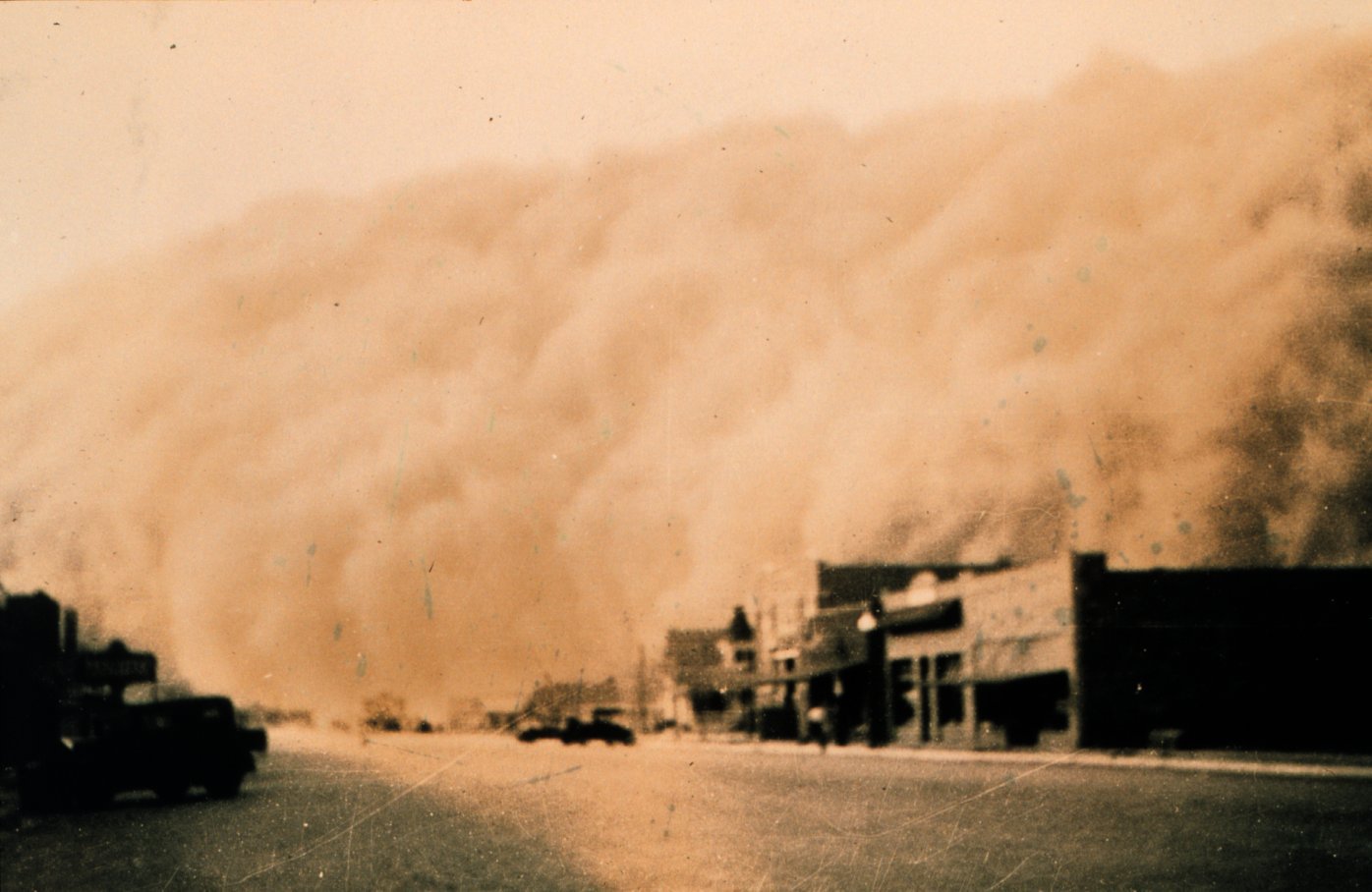As this is being written, parts of California are still getting substantial rainfall. A blizzard is even forecasted for Southern California.
This is a historical event. The last time Southern California experienced blizzard conditions was in 1989.
California has experienced very unusual weather over the past two years. The last few months of December 2022 were extraordinary because the state received so much rainfall in such a fleeting period. And now a blizzard in an area of the country where the average year-round temperature is in the 60s and 70s? Unthinkable.
What climate experts are saying is that this is another example of climate change impacting Southern California. Wild swings of very dry weather, lasting for years, and now several months of very wet weather.
The reality is that California should enjoy it while it lasts. Long-term predictions are that the state and much of the Southwest and other areas of the country will return to what has been evolving for several years, and that is aridification.
So, we are all on the same page, aridification can be defined as a process in which a region, state, or entire country becomes increasingly dry. It's happening around the globe.
And because it's happening around the globe, we all must become more familiar with it, even if we don't live in areas currently experiencing aridification.
Here's why We Need to Understand Aridification:
Crops. Invariably, the first signs of aridification are that crops that grow in a region are no longer receiving sufficient irrigation to grow.
Economics. Farming communities soon begin to suffer economically when they cannot grow crops. They soon need help feeding their livestock as well as themselves.
Inflation. Food is a core commodity. When the supply of food is reduced, costs go up. This will apply not only to fruits and vegetables but meats and chicken. A domino situation sets in. With supplies going down and costs up, scores of other industries are impacted. This raises the prices of all types of goods and services.
Movement. Aridification has been causing people living in farming communities to move to cities. Very often, their skills are not easily transferable to urban living.
Water. With water supplies in shorter demand, water costs go up. Localities must look further for new supplies as old watering holes dry up. They must charge for this.
Conflict. This is a big concern in many parts of the world. This includes conflict between cities, states, and countries. The Middle East has only one percent of the world's freshwater, but it must be shared among five percent of the world’s population. So far, tensions here have been resolved. But will they in the future?
Non-potable. This refers to any water that has not been treated or evaluated to be sure it is safe for human consumption. Aridification is making it harder for millions of people to get safe drinking water.
Poverty. View water as a foundational. If water is in short supply or there is no potable water in a region, poverty is invariably the result. Aridification contributes to world poverty, which is expected to become more of a concern in years to come.
Depletion. Many states in the U.S. no longer depend on rainfall events for their water. Instead, they are draining underground water supplies. The problem is these supplies are drying out and are not being replenished. Where, responsible public officials are asking, will people living in Arizona, Nevada, New Mexico, and parts of Texas get their water five or ten years from now?
Our only option is to use water efficiently or, if possible, not at all. That's what waterless urinals are designed to do. Reduce water consumption dramatically and permanently, so it can be used for drinking water, growing crops, and protecting communities and economies.



















